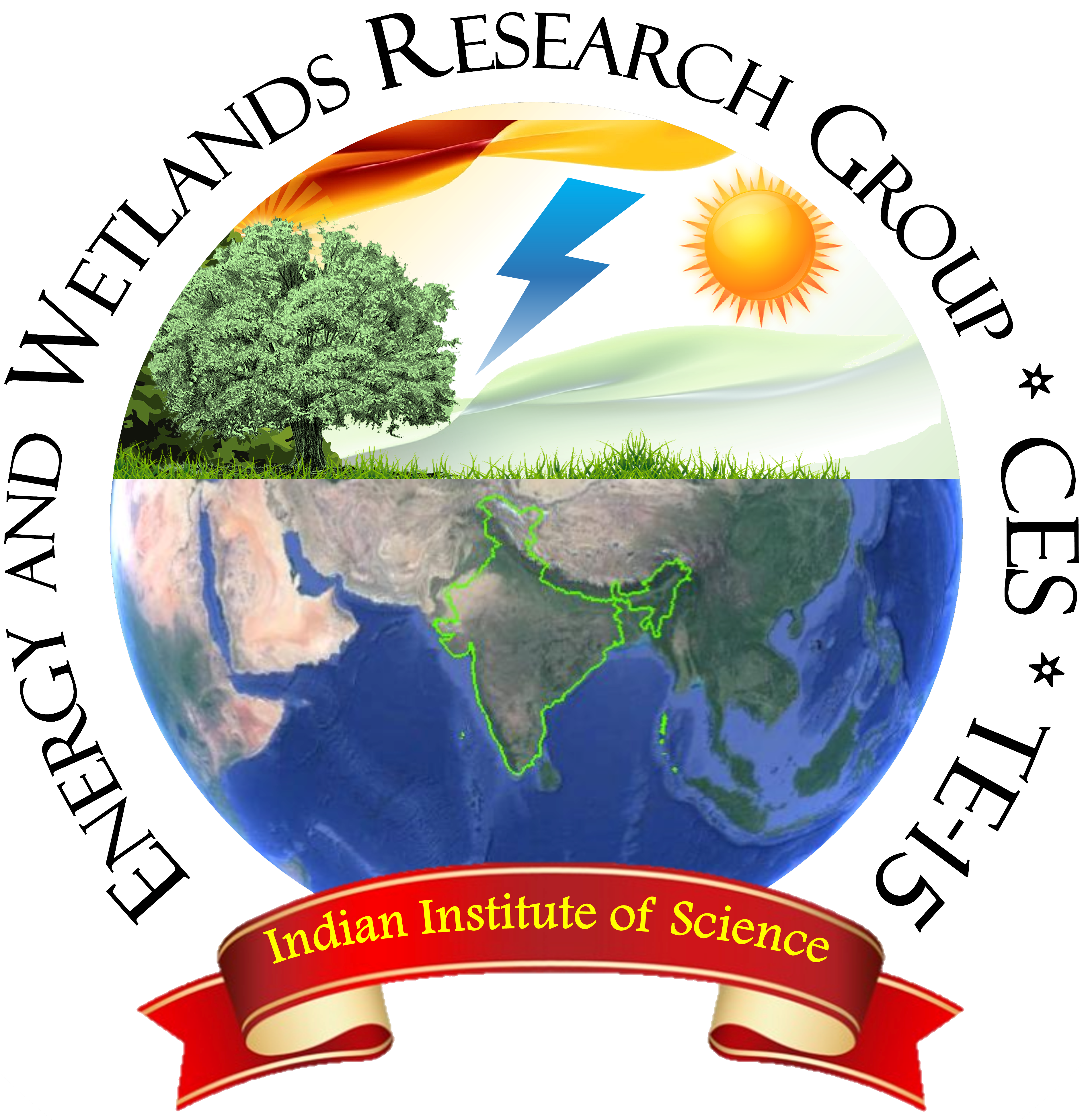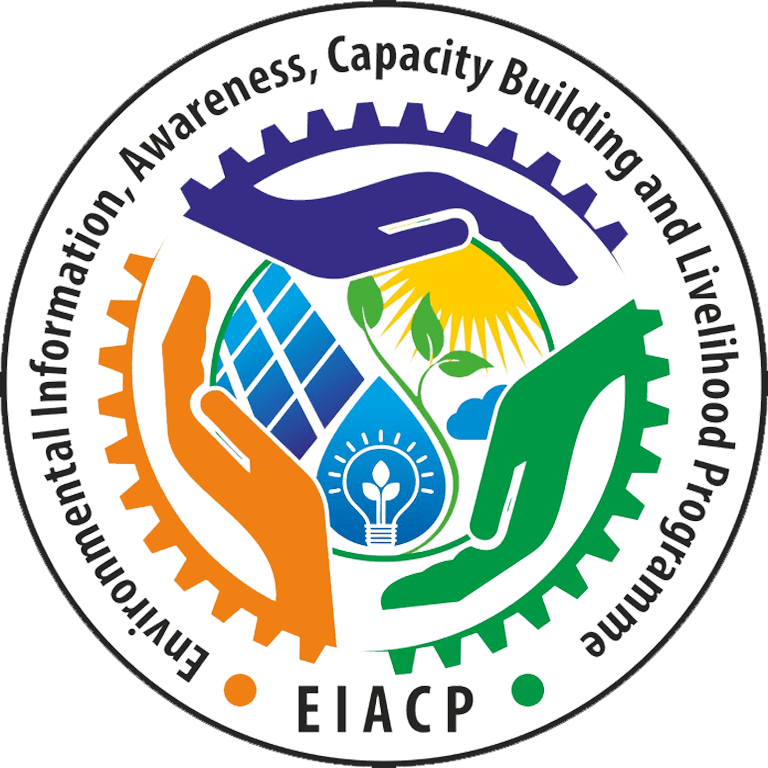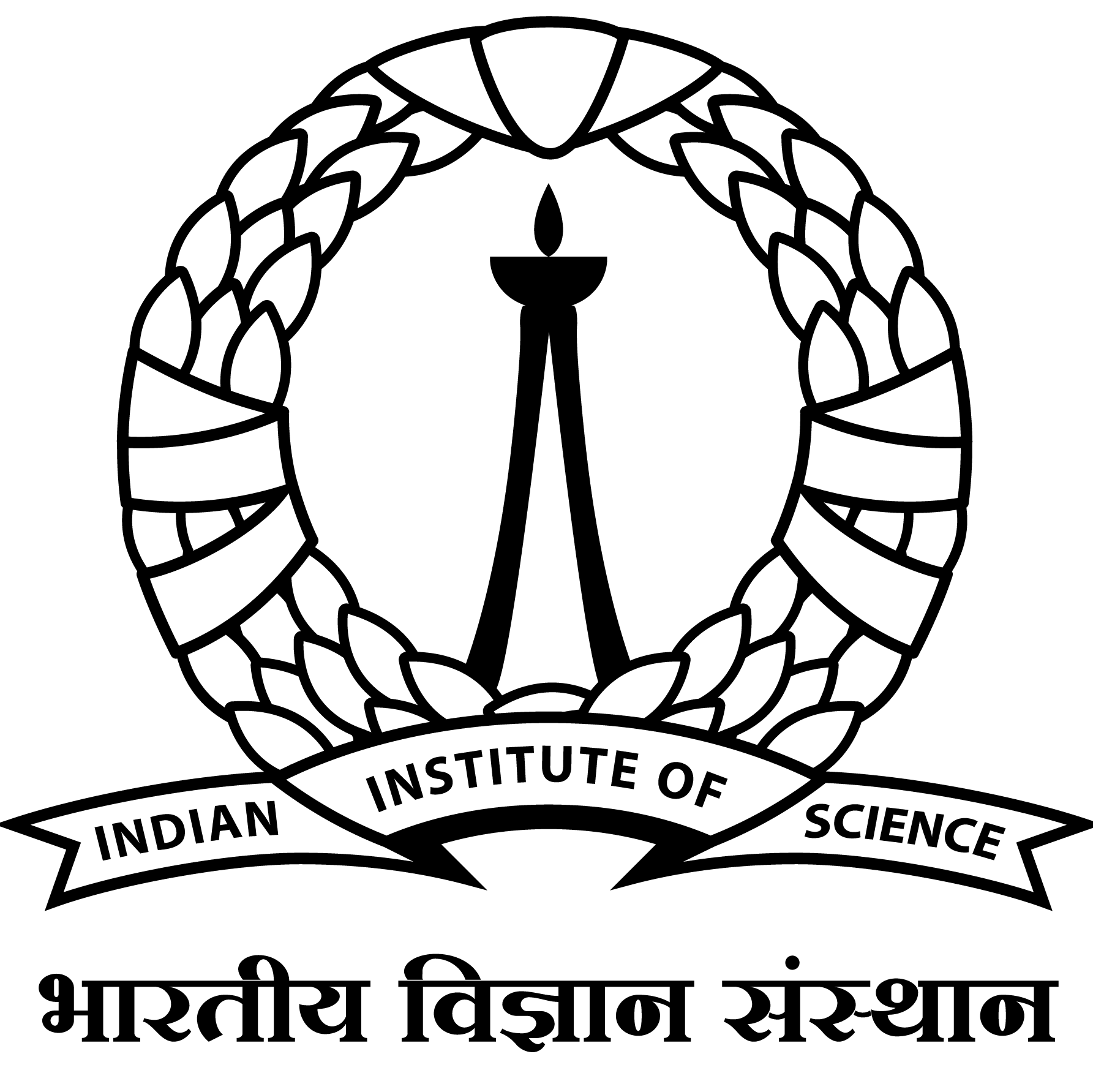Bibliography
- Karnataka Biodiversity Board, 2019. FLORA OF KARNATAKA, A Checklist. Volume – 1: Algae, Fungi, Lichens, Bryophytes & Pteridophytes. 1-562 (Published by Karnataka Biodiversity Board)
- Karnataka Biodiversity Board, 2019. FLORA OF KARNATAKA, A Checklist, Volume – 2: Gymnosperms and Angiosperms. 1 - 1002 (Published by Karnataka Biodiversity Board)
- Narayana, J., Savinaya, M. S., Manjunath, S., & Rudresh, S. (2017). Distribution and diversity of flora and fauna in and around Kuvempu University campus, Bhadra Wildlife Sanctuary range, Karnataka. Int J Plant Anim Env Sci, 7, 89-99.
- Ganeshaiah, K. N., Kathuria, S., & Shaanker, R. U. (2002). Floral resources of Karnataka: A geographic perspective. Current Science, 83(7), 810-813.
- Dayananda, G. Y. (2014). Diversity of butterfly fauna in and around Gudavi bird sanctuary, Sorab, Karnataka. Journal of Entomology and Zoology Studies, 2(5), 376-380.
- Belamkar, N. V., & Jadesh, M. (2014). A preliminary study on abundance and diversity of insect fauna in Gulbarga District, Karnataka, India. International Journal of Science and Research, 3(12), 1670-1675.
- Naik, T. V., Prashantha, K. M., Sayeswara, H. A., & Patil, H. R. (2012). Studies on flora and faunal diversity in Hirekalgudda state forest, Arasikere, Hassan, Karnataka, India. Environment Conservation Journal, 13(1&2), 85-92.
- Nair, V. M., & Kumar, S. K. (2013). Diversity of anuran fauna in Mangalore taluk, Dakshina Kannada district, Karnataka, India. Frog leg, 19, 20-28.
- Ali, S., Chandran, M. S., & Ramachandra, T. V. (2006). Faunal assemblages in myristica swamps of central Western Ghats, Karnataka, India. In Proceedings of the Symposium on Environment Education & Ecosystem Conservation. Indian Institute of Science, Bangalore.
- Bhandary, M. J. (2021). Diversity of plants used for non-medicinal purposes by the traditional communities of Coastal Karnataka, India. Asian Journal of Ethnobiology, 4(2).
- Sathish, B. N., Viswanath, S., Kushalappa, C. G., Jagadish, M. R., & Ganeshaiah, K. N. (2013). Comparative assessment of floristic structure, diversity and regeneration status of tropical rain forests of Western Ghats of Karnataka, India. Journal of Applied and Natural Science, 5(1), 157-164.
- Divakara, B. N., Nikitha, C. U., Nölke, N., Tewari, V. P., & Kleinn, C. (2022). Tree diversity and tree community composition in northern part of megacity Bengaluru, India. Sustainability, 14(3), 1295.
- Gunaga, S., Rajeshwari, N., & Vasudeva, R. (2013). Tree diversity and disturbance of kaan forests: Relics of a community protected climax vegetation in the Central Western Ghats. Tropical ecology, 54(1), 117-131.
- Panda, P. C., Mahapatra, A. K., Acharya, P. K., & Debata, A. K. (2013). Plant diversity in tropical deciduous forests of Eastern Ghats, India: A landscape level assessment. Int J Biodivers Conserv, 5(10), 625-639.
- Gopalakrishna, S. P., Kaonga, M. L., Somashekar, R. K., Suresh, H. S., & Suresh, R. (2015). Tree diversity in the tropical dry forest of Bannerghatta National Park in Eastern Ghats, Southern India. European Journal of Ecology, 1(2), 12-27.
- Page, N. V., Qureshi, Q., Rawat, G. S., & Kushalappa, C. G. (2010). Plant diversity in sacred forest fragments of Western Ghats: A comparative study of four life forms. Plant Ecology, 206, 237-250.
- Aravind, N. A., Rajashekhar, K. P., & Madhyastha, N. A. (2005). Species diversity, endemism and distribution of land snails of the Western Ghats, India. Records of the Western Australian Museum, Supplement, 68(31), 031-038.
- Mohandas, T. V., & Remadevi, O. K. (2019). Species diversity and distribution of butterflies in Kudremukh national park and Mookambika and Someshwara wildlife sanctuaries in central Western Ghats of Karnataka. Annals of Entomology, 37(2), 113-125.
- Uthappa, A. R., & Devakumar, A. S. (2021). Seasonal diversity of soil fauna in semi-arid regions of Karnataka. Journal of Entomology and Zoology Studies, 9, 461-468.
- Padashetty, S., & Jadesh, M. (2014). An preliminary survey of earthworm species composition and distribution in the north Karnataka region, Gulbarga, Karnatak. International Letters of Natural Sciences, 22.
- Khan, Y. I., Nautiyal, S., & Venkatesha, M. G. (2020). Mammalian Fauna of Semi-Arid Chitradurga District, Karnataka, India. Environment and Ecology, 38(3B), 750-759.
- Sathish, S. M., Jogattappa, N., & Venkatarangaiah, K. (2020). Endemic and threatened flowering plants of sacred Kaanu forests of Sharavathi River basin, Central Western Ghats, Karnataka. Asian Journal of Conservation Biology (2), 246-257.
- Manikandan, R., & Lakshminarasimhan, P. (2012). Flowering Plants of Rajiv Gandhi (Nagarahole) National Park, Karnataka, India. Check List, 8(6), 1052-1084.
- Muraleedharan, K. (2016). Wildlife Arthropods of Karnataka with Special Reference to KFD Endemic Area of Shivamogga District: Those Parasitic on Small and Large Mammals. Vet. Res. Int, 4, 114-123.
- Malik, K., Saranya, K. R. L., Reddy, C. S., & Varghese, A. O. (2022). Predicting the habitat suitability of Dipterocarpus indicus: an endemic and endangered species in the Western Ghats, India. Spatial Information Research, 30(6), 729-738.
- Jathanna, D. (2014). Ecology & conservation of small carnivores in the Western Ghats: Final report submitted to CEPF/ ATREE. Centre for Wildlife Studies, Bangalore.
- Prashanth Kumar, G. M., & Shiddamallayya, N. (2016). Survey of wild medicinal plants of Hassan district, Karnataka. J Med Plants Stud, 4(1), 91-102.
- BHANDARY, M. J., & Chandrashekar, K. R. (2014). Diversity and use of ethnomedicinal plants in coastal Karnataka, India. Biodiversitas Journal of Biological Diversity, 15(1).
- Rajakumar, N., & Shivanna, M. B. (2009). Ethno-medicinal application of plants in the eastern region of Shimoga district, Karnataka, India. Journal of Ethnopharmacology, 126(1), 64-73.
- Bhat, P., Hegde, G., & Hegde, G. R. (2012). Ethnomedicinal practices in different communities of Uttara Kannada district of Karnataka for treatment of wounds. Journal of ethnopharmacology, 143(2), 501-514.
- Hebbar, S. S., Harsha, V. H., Shripathi, V., & Hegde, G. R. (2004). Ethnomedicine of Dharwad district in Karnataka, India—plants used in oral health care. Journal of ethnopharmacology, 94(2-3), 261-266.
- Bhat, P., Hegde, G. R., Hegde, G., & Mulgund, G. S. (2014). Ethnomedicinal plants to cure skin diseases—an account of the traditional knowledge in the coastal parts of Central Western Ghats, Karnataka, India. Journal of ethnopharmacology, 151(1), 493-502.
- Dhanya, B., Sathish, B. N., Viswanath, S., & Purushothaman, S. (2014). Ecosystem services of native trees: experiences from two traditional agroforestry systems in Karnataka, Southern India. International Journal of Biodiversity Science, Ecosystem Services & Management, 10(2), 101-111.
- Mahishi, P., Srinivasa, B. H., & Shivanna, M. B. (2005). Medicinal plant wealth of local communities in some villages in Shimoga District of Karnataka, India. Journal of Ethnopharmacology, 98(3), 307-312.
- Rajasab, A. H., & Isaq, M. (2004). Documentation of folk knowledge on edible wild plants of North Karnataka.
- Vasanthakumari, M. M., Mallikarjunaswamy, G. E., Gopalakrishna Bhat, K., & Shivanna, M. B. (2010). Grass species of Bhadra Wildlife Sanctuary in Karnataka. India Ind J For, 33, 275-284.
- Dalavi, J., Kambale, S., Jadhav, V., & Yadav, S. (2019). Forest flora of Badami Hills of Bagalkot district, Karnataka, India. Phytotaxa, 393(3), 204-250.
- Koti, M., & Kotresha, K. (2021). Trees of Yadahalli Chinkara Wildlife Sanctuary, Bagalkot, Karnataka, India: A checklist. Plant Science Today, 8(4), 1079-1085.
- Koti, M., & Katrahalli, K. (2021). WILD EDIBLE FRUITS AND VEGETABLES OF YADAHALLI CHINKARA WILDLIFE SANCTUARY, BAGALKOT, KARNATAKA, INDIA. Journal of Global Biosciences Vol, 10(9), 8998-9008.
- Sudha, P., & Ravindranath, N. H. (2000). A study of Bangalore urban forest. Landscape and Urban Planning, 47(1-2), 47-63.
- Nagendra, H., & Gopal, D. (2010). Street trees in Bangalore: Density, diversity, composition and distribution. Urban forestry & urban greening, 9(2), 129-137.
- Nagendra, H., & Gopal, D. (2011). Tree diversity, distribution, history and change in urban parks: studies in Bangalore, India. Urban Ecosystems, 14, 211-223.
- Rajashekara, S., & Venkatesha, M. G. (2010). The diversity and abundance of waterbirds in lakes of Bangalore city, Karnataka, India. Biosystematica, 4(2), 63-73.
- Sunil, C., Somashekar, R. K., & Nagaraja, B. C. (2012). Riparian vegetation dynamics across two different landscapes along the river Cauvery in the Kodagu region of western ghats. Journal of Mountain Science, 9, 351-361.
- Karun, N. C., Vaast, P., & Kushalappa, C. G. (2014). Bioinventory and documentation of traditional ecological knowledge of wild edible fruits of Kodagu-Western Ghats, India. Journal of forestry research, 25, 717-721.



